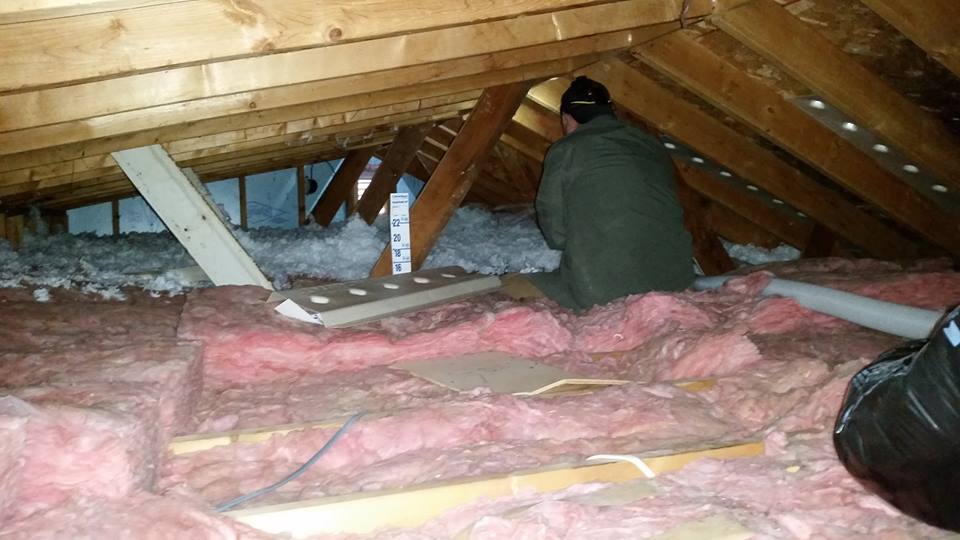Among commonly used types of insulation there are mineral wool or fiberglass rolls and batts rigid fiberglass board loose fill materials cellulose mineral wool etc.
Best insulation for attic 2017.
I d blow insulation on the attic floor after air sealing of course.
This is a particularly clutch option if your hvac system heating ventilation and air conditioning for the layman is located on the floor.
The most common type of insulation batts and blankets are great for diy projects.
Which type of insulation is best for.
Crawl pros recommends blown in cellulose as the best attic insulation for your home.
For diy attic insulation you ve got two choices.
Blanket insulation is available as batts or rolls and is the easiest diy insulation material.
There are other materials and systems that you can use to insulate your attic.
They sport insulation values of approximately r 6 5 and r 3 6 per inch respectively.
Foam is the only insulation material that allows you to expand your building envelope to your attic s roofline.
January 17 2017 at 9 00 am est.
It s generally 3 to 4 times what you ll pay for blown cellulose or fiberglass.
Using washington as an example the energy code requires a minimum r value of 49 for attic insulation but more can be added if desired.
Rolls and batts are produced of mineral wool and fiberglass.
Choose from two types.
Once you ve decided which type is best for you examine the material options and prices to home in on the right product.
What type of insulation is best for your attic.
They usually come packaged in rolls and.
Both can be added to uninsulated attics or layered over existing material.
Spray foam attic insulation spray foam offers the best attic insulation performance available.
Having insulated hundreds of homes throughout the northwest crawl pros has learned that blown in cellulose insulation provides the most protection and energy efficiency.
The big disadvantage with spray foam is cost.
Modern technology of blanket insulation today is considered the best insulation for attic.
Loose fill or batt the common term for blanket insulation.
Find your zone on the map and then use the chart to determine the level of insulation you need to properly insulate your attic walls floors and crawlspaces.
It s available in fiberglass mineral wool plastic fibers and natural fibers.




























